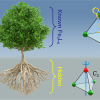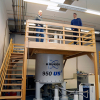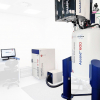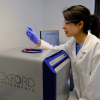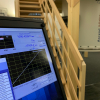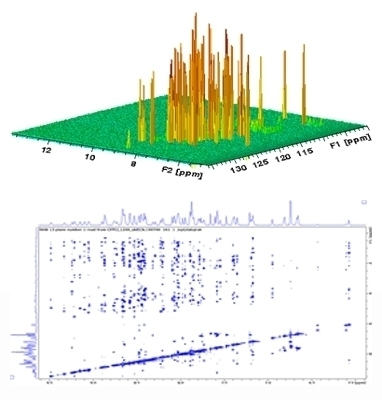
Bruker has announced the first 1.2 GHz high-resolution, protein nuclear magnetic resonance (NMR) data. Two 1.2 GHz superconducting magnets have now reached full field at Bruker’s Swiss magnet factory, setting the world record for stable, homogeneous NMR magnets for high-resolution and solid-state protein NMR applications in structural biology and for the study of intrinsically disordered proteins (IDPs). At the EUROISMAR 2019 meeting, Bruker and its scientific collaborators are presenting 1.2 GHz high-resolution NMR data that has been acquired using a new 1.2 GHz 3 mm triple-inverse TCI CryoProbe. Bruker’s 1.2 GHz ultra-high field NMR magnets utilise a novel hybrid design with high-temperature superconductor (HTS) inserts inside advanced, low-temperature superconductor (LTS) outserts, which together provide the stability and homogeneity for high-resolution protein NMR.
Professors Lucia Banci and Claudio Luchinat at the University of Florence, Italy, are expected to be the first customers to receive a 1.2 GHz NMR spectrometer, once further systems development and factory testing has been completed, a process that is expected to take several more months. After initial data acquisition of CERM test samples on one of the 1.2 GHz systems, they stated: “At Bruker’s UHF facility in Switzerland, high resolution spectra have been acquired on alpha-synuclein, which is an intrinsically disordered protein that has been linked to diseases such as Alzheimer’s and Parkinson’s. In addition, we have also been able to review first 1.2 GHz NMR spectra of a protein which is associated with several types of cancer. Without a doubt, the improved resolution of the 1.2 GHz instrument—made possible by the increased dispersion at high magnetic fields—will help to advance important fields of research, such as structural biology. We look forward to receiving the 1.2 GHz NMR spectrometer in our laboratory once final developments and factory evaluation have been completed.”
Similar to the previously announced Ascend 1.1 GHz magnet, the Ascend 1.2 GHz hybrid HTS/LTS magnet is a standard-bore (54 mm), two-story magnet system with drift and homogeneity specifications similar to Bruker’s existing 900 MHz and 1 GHz ultra-high field NMR magnets, ensuring compatibility with a range of NMR probe types and spectrometer accessories. Bruker’s Ascend™ 1.2 GHz NMR magnets use the same advanced conductor and magnet technologies for winding, jointing, force management, quench protection, low drift and high homogeneity that were developed successfully for the Ascend 1.1 GHz magnet that was announced as a product at ENC 2019.





